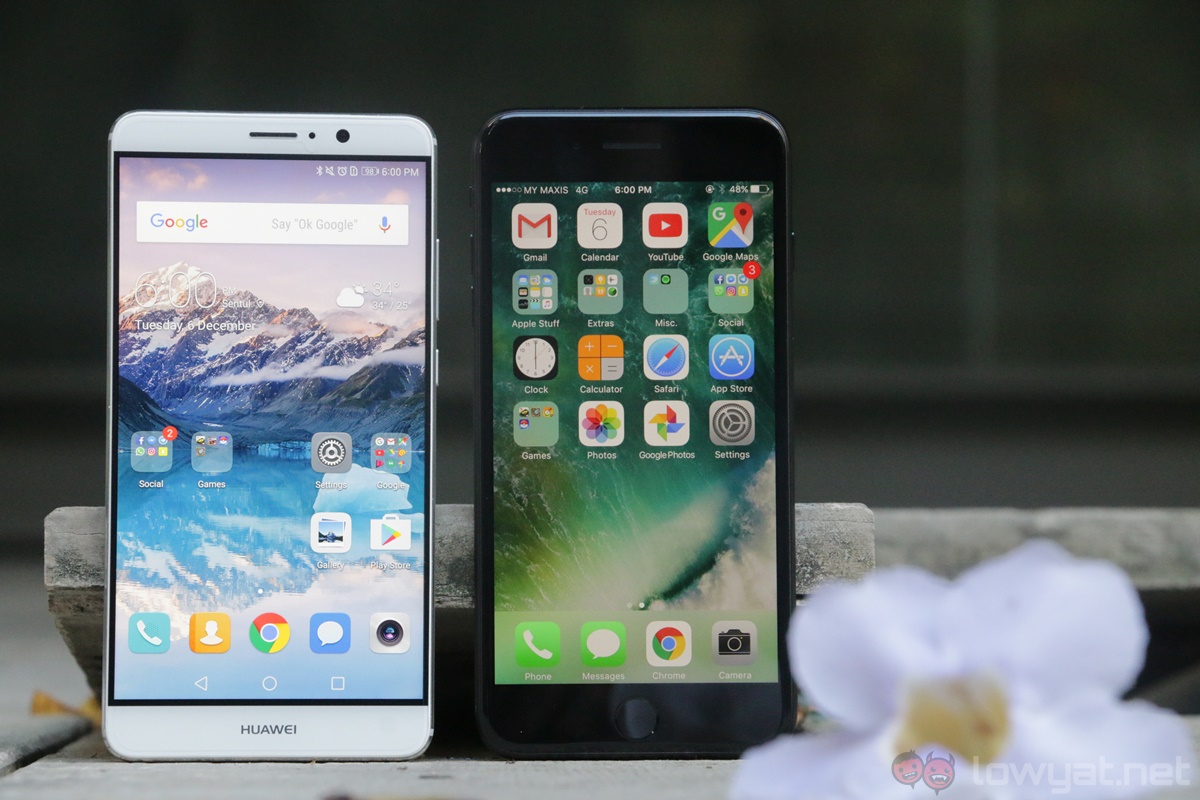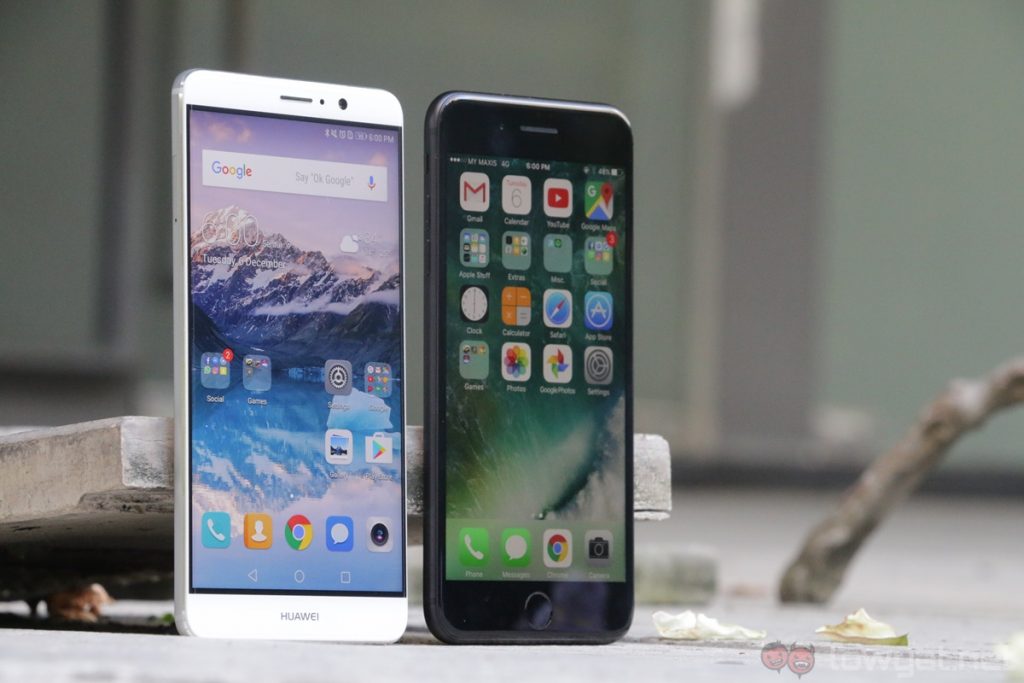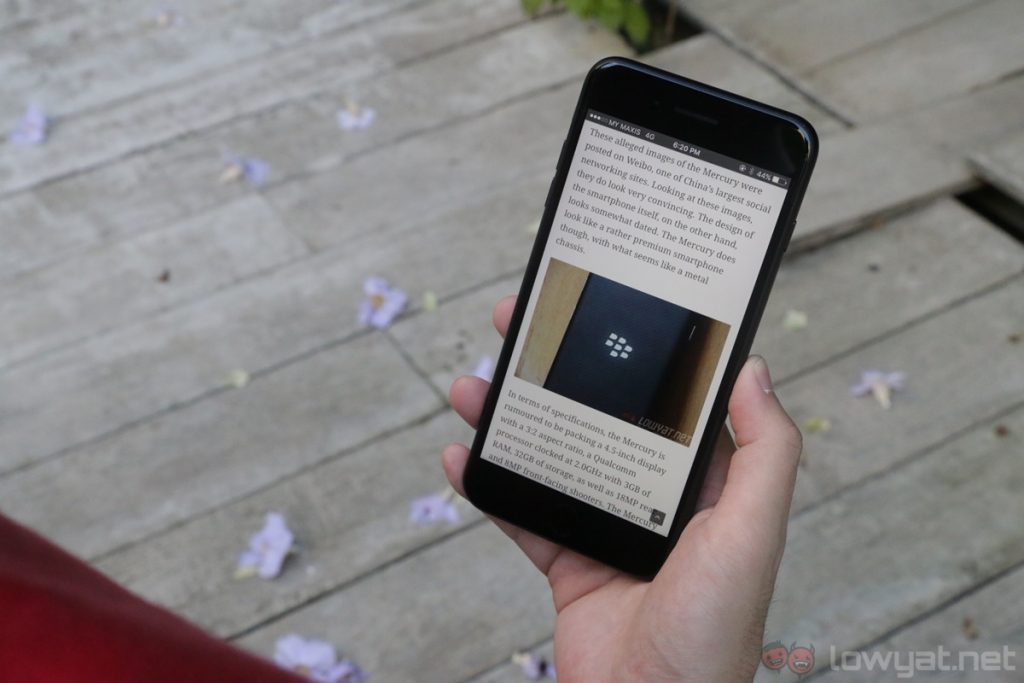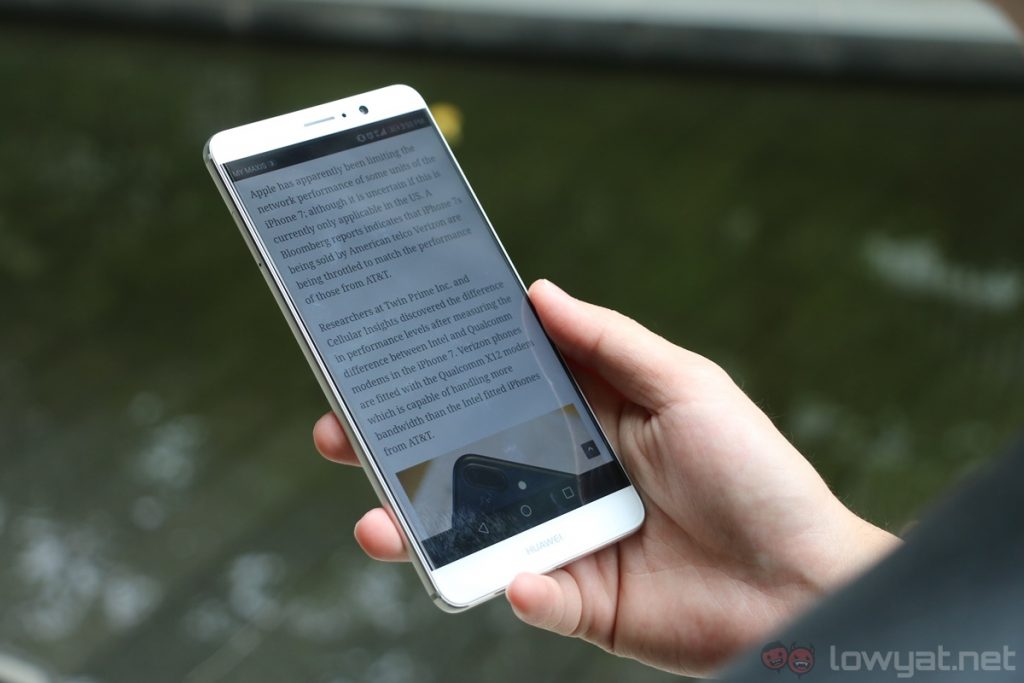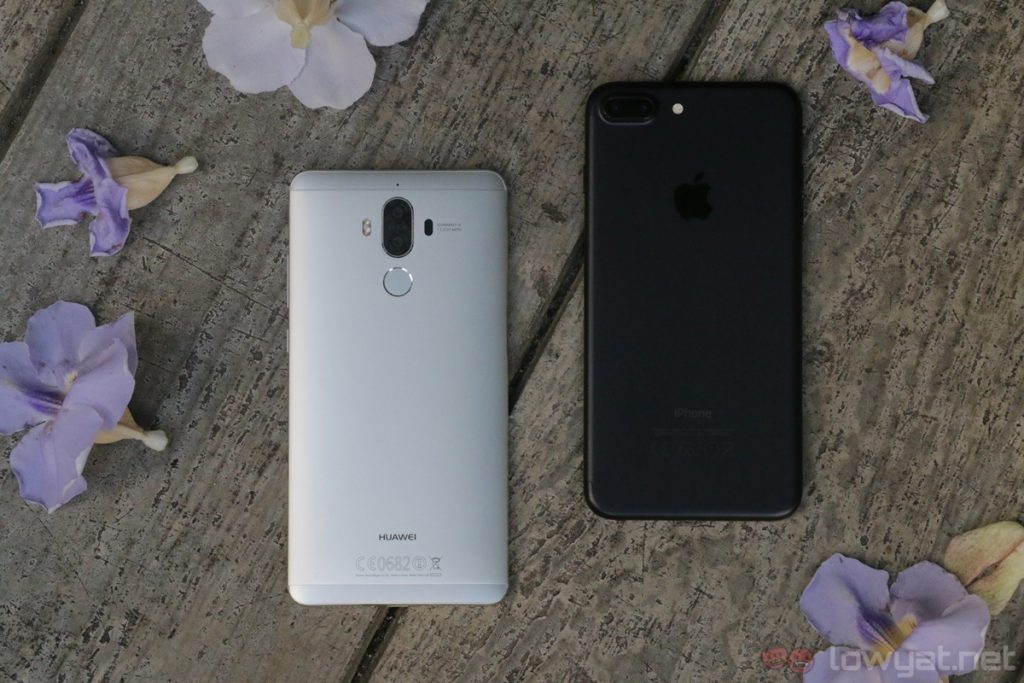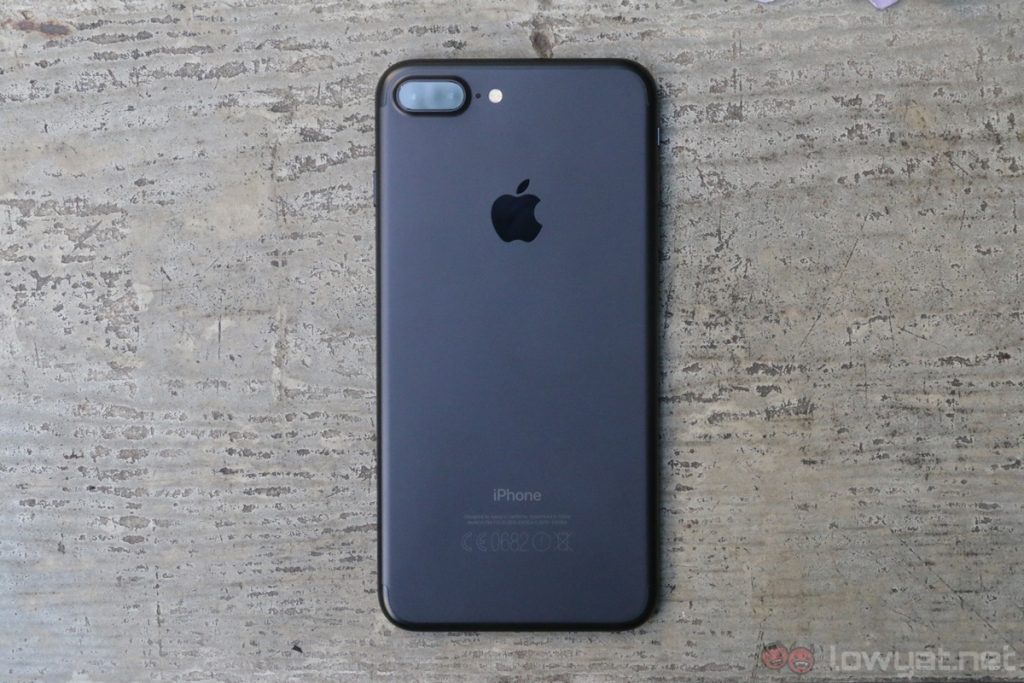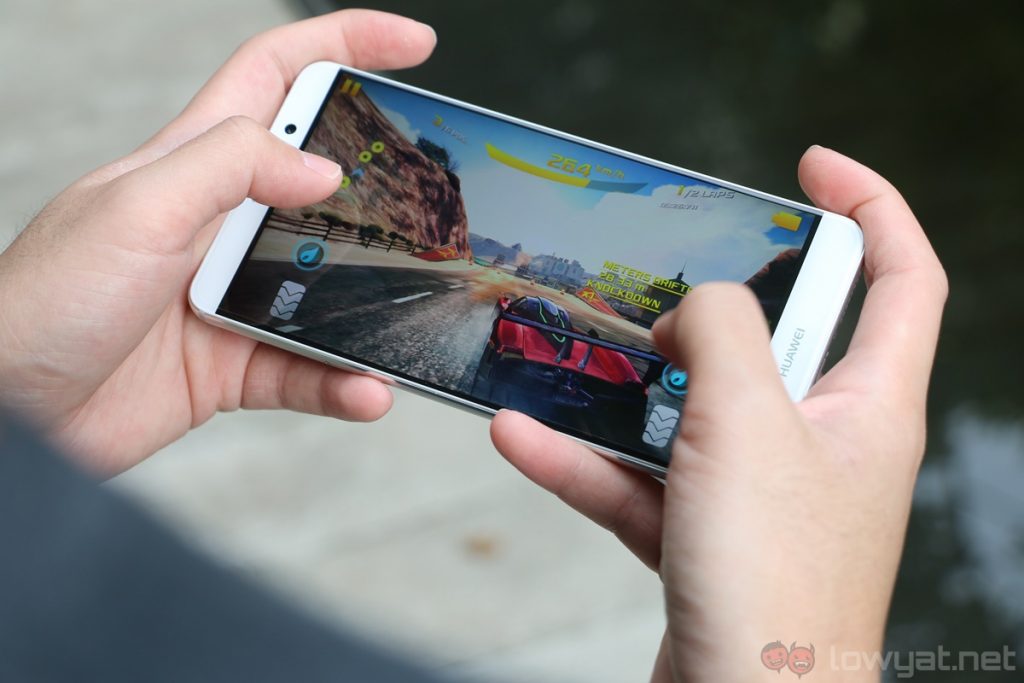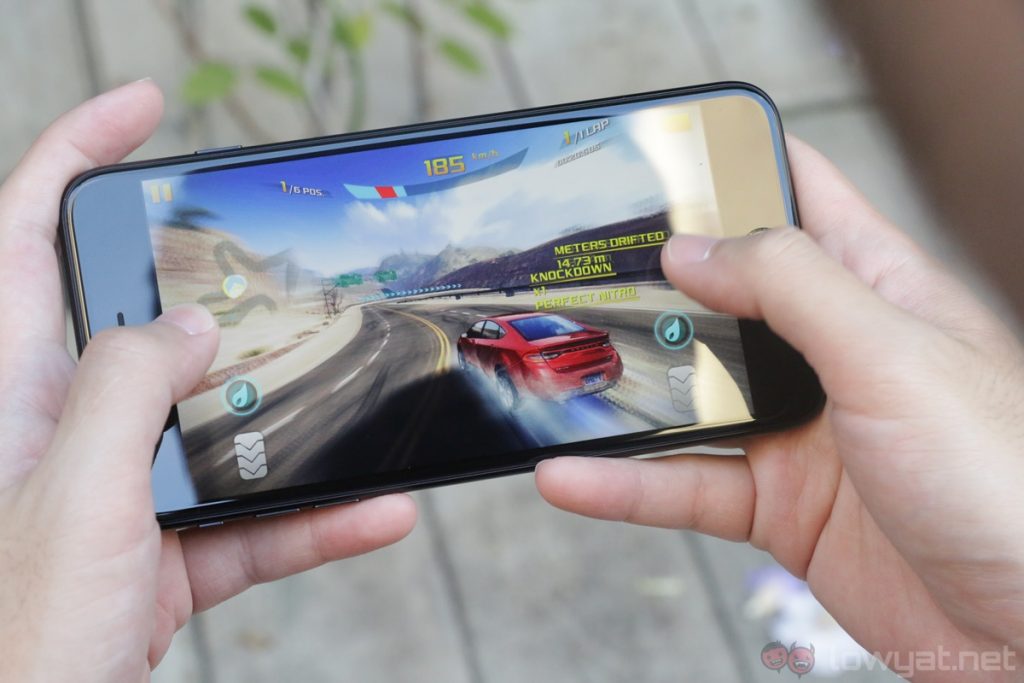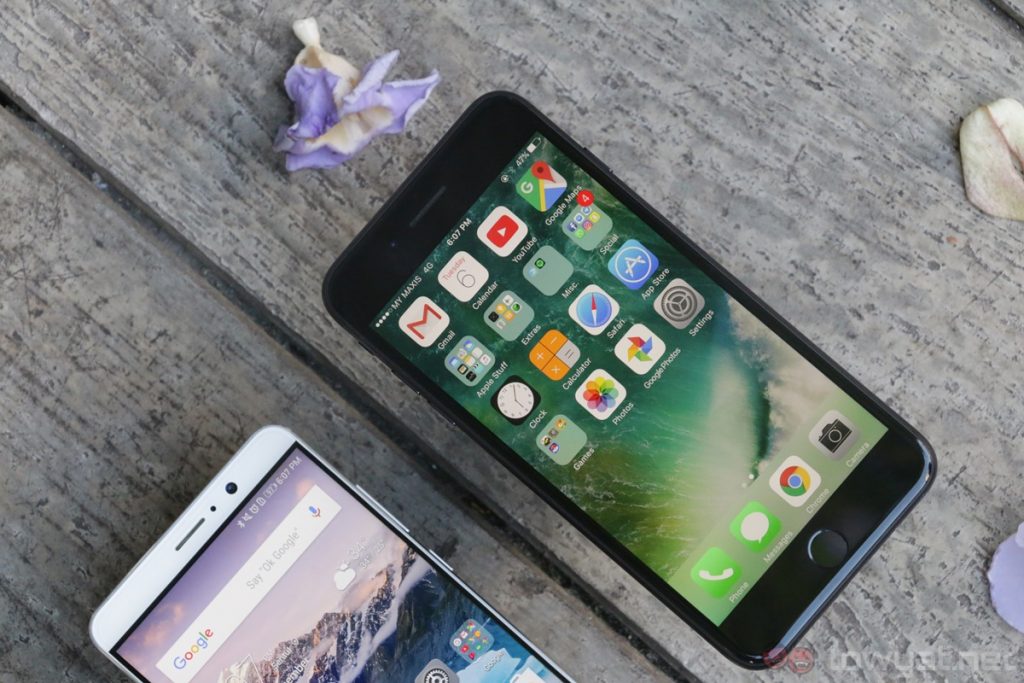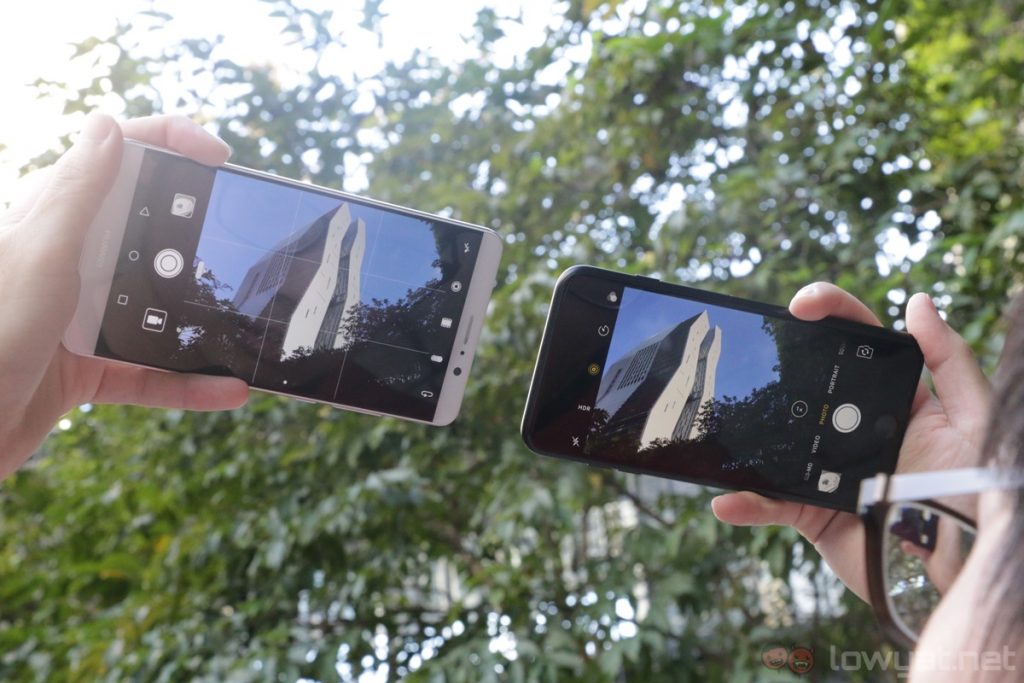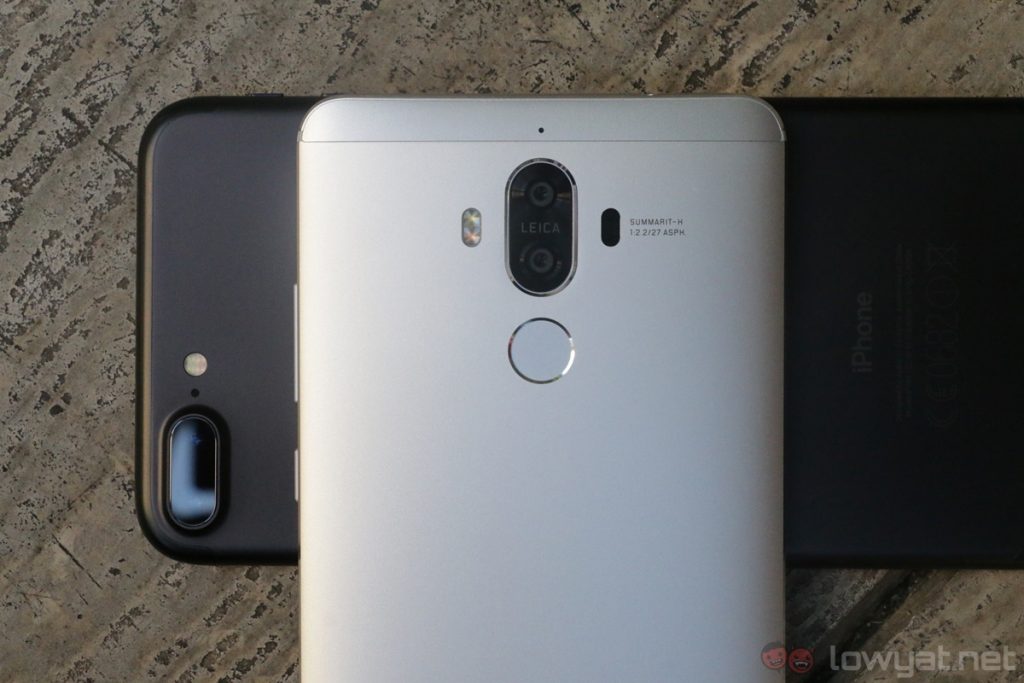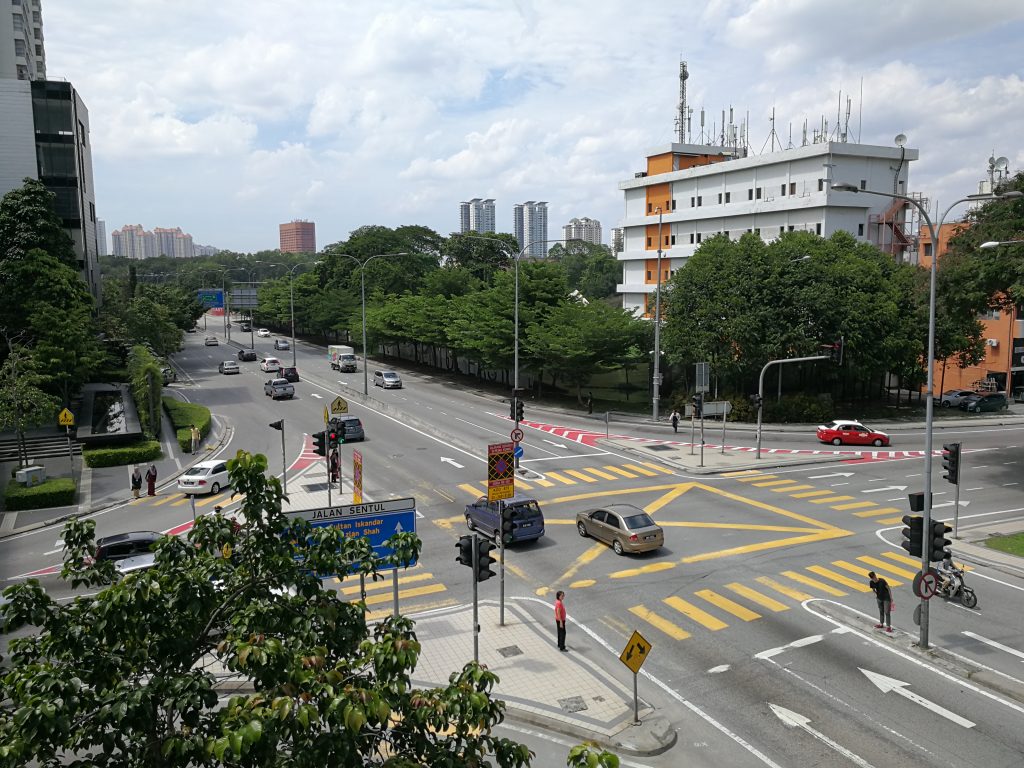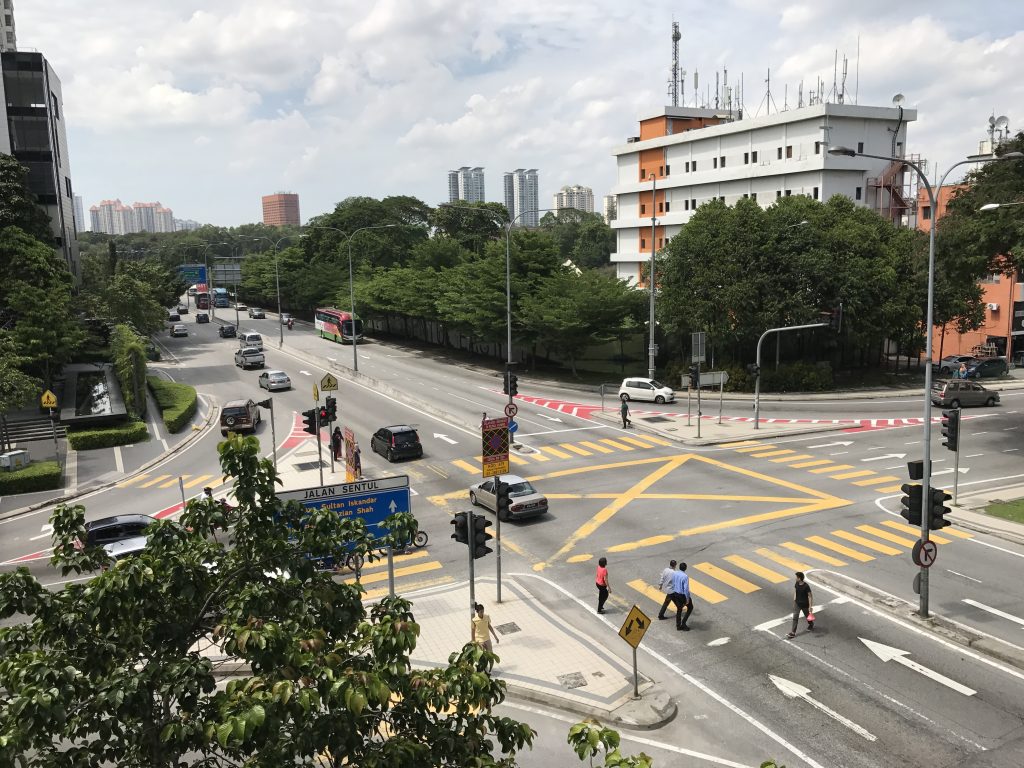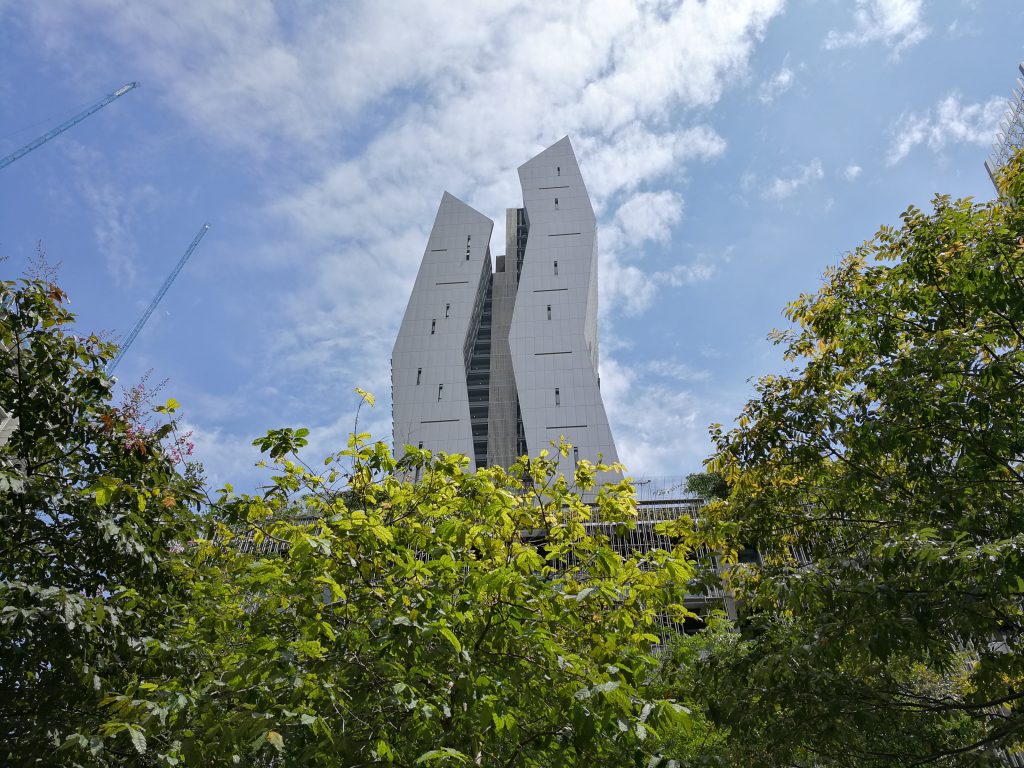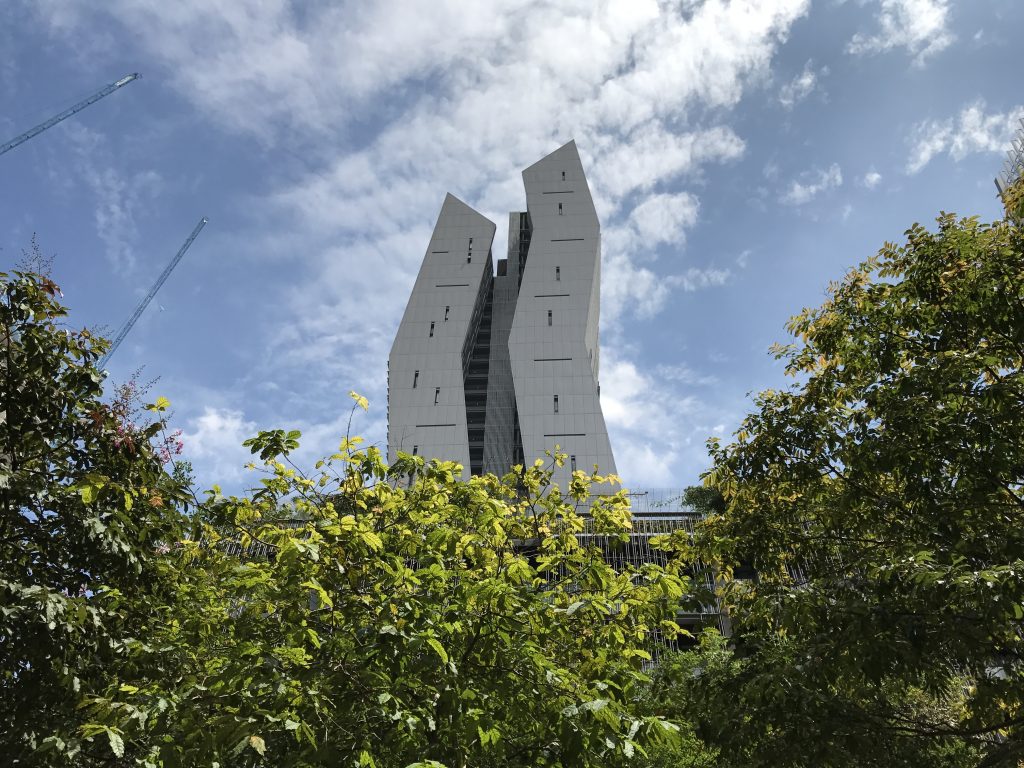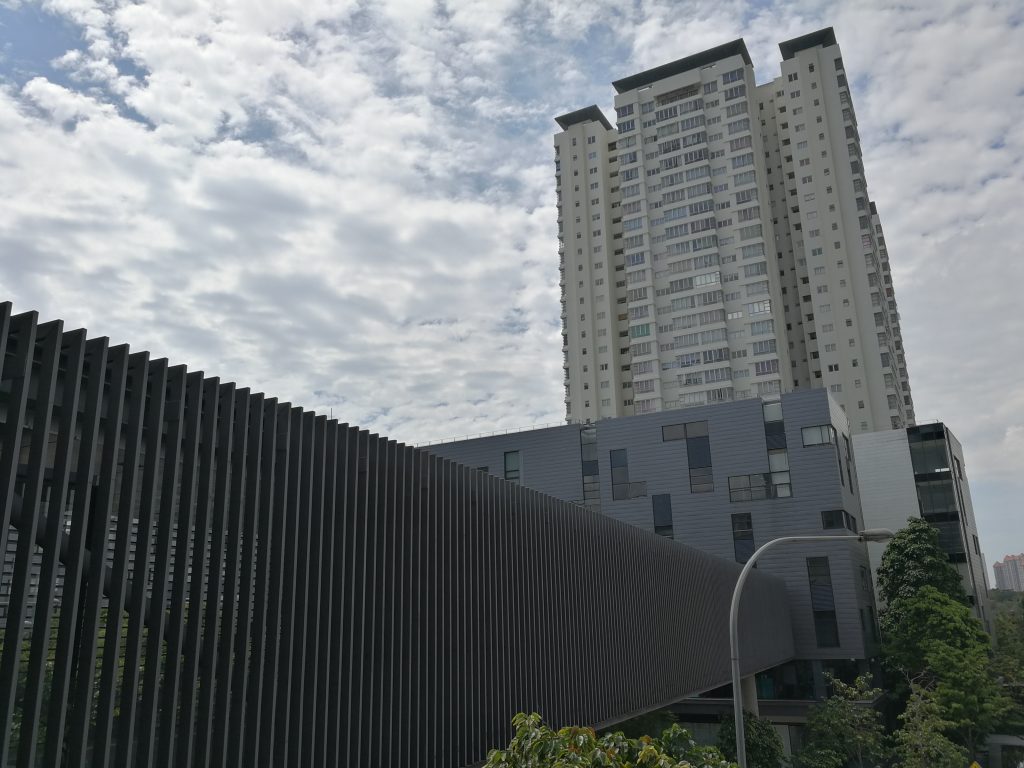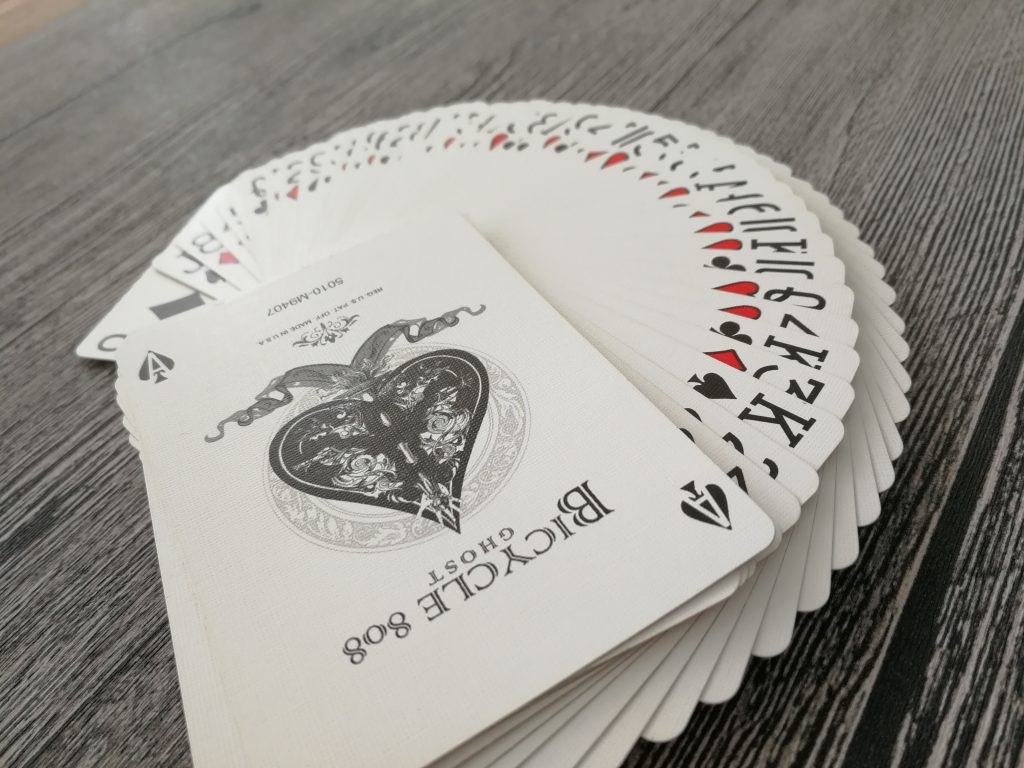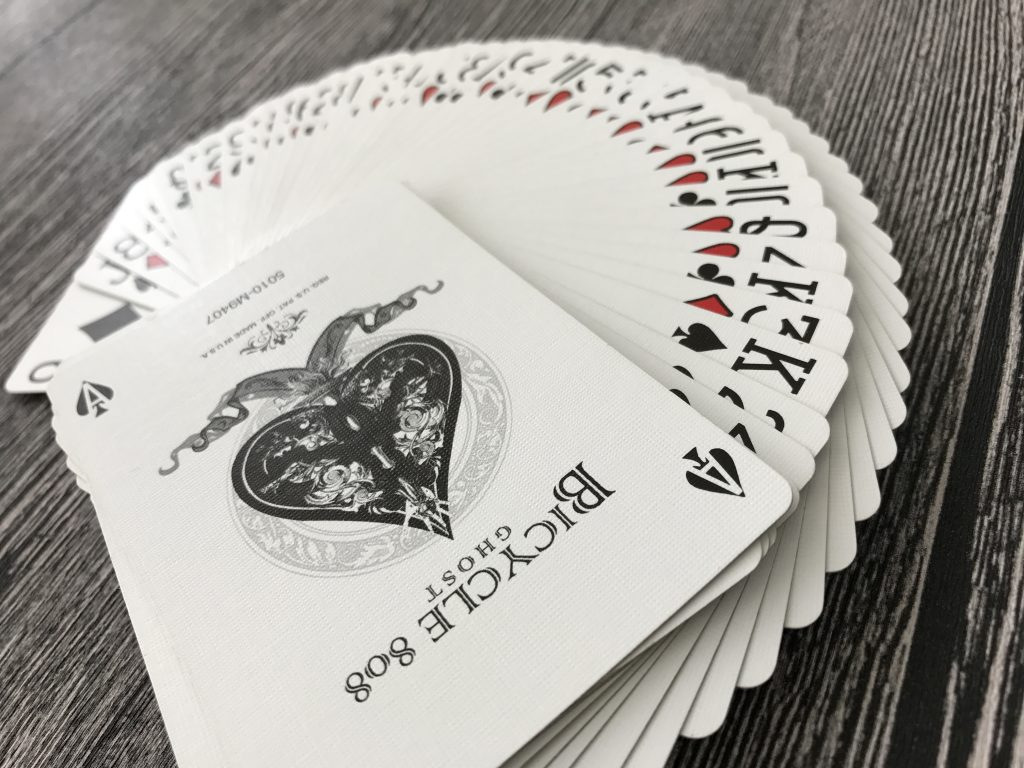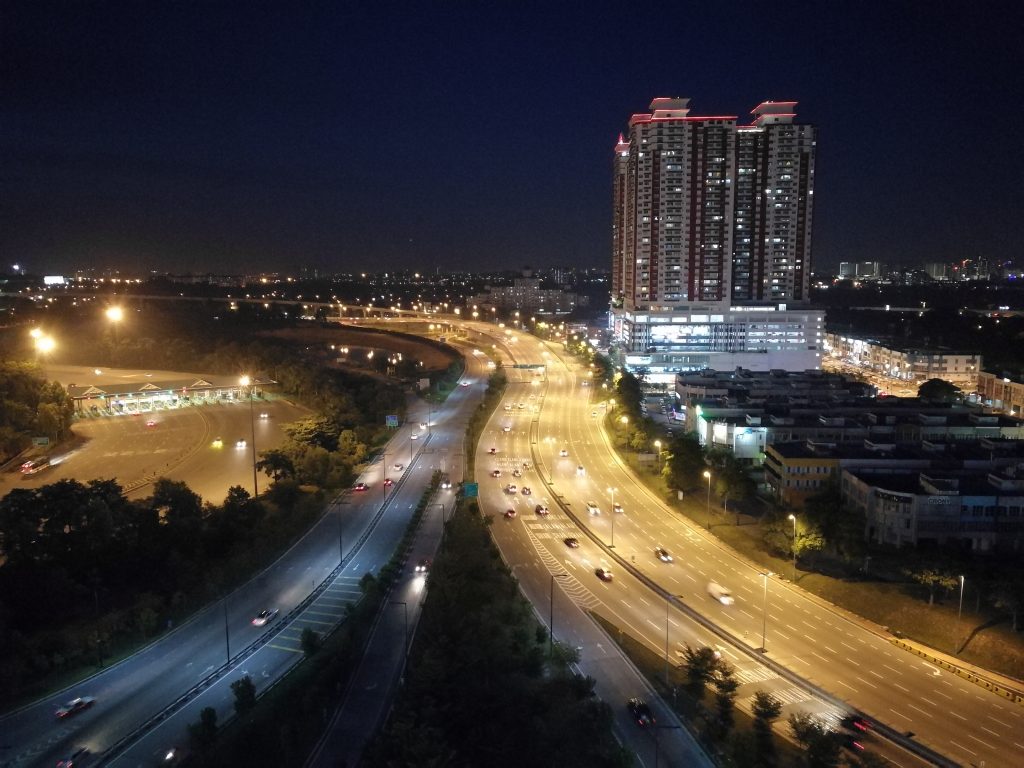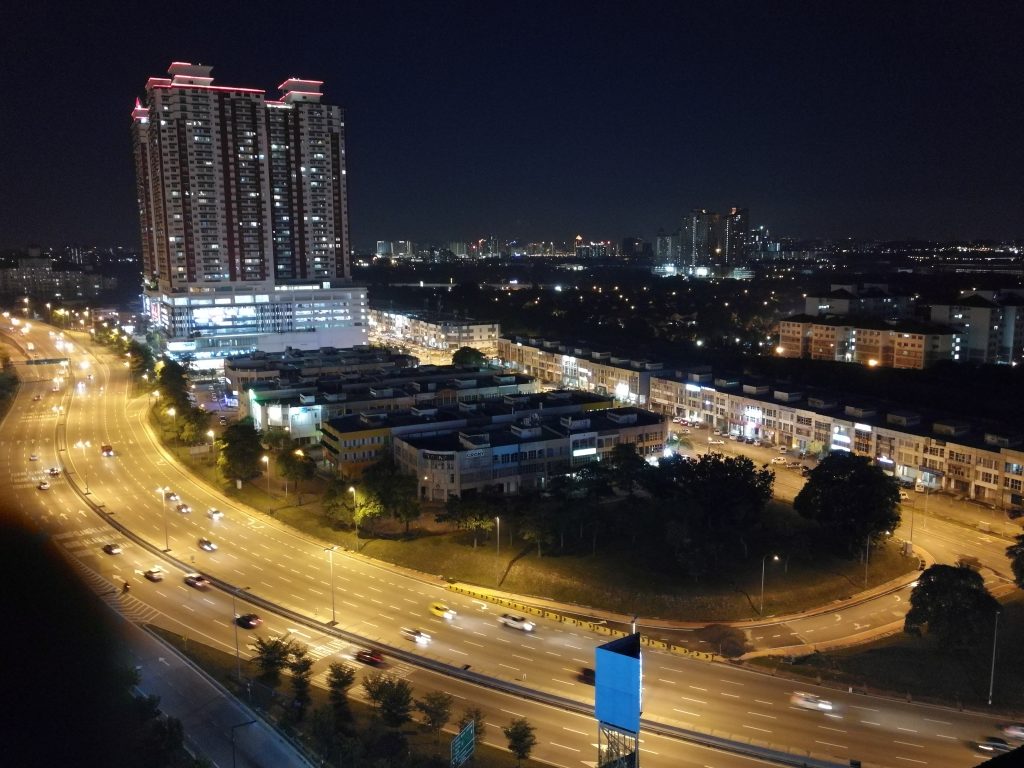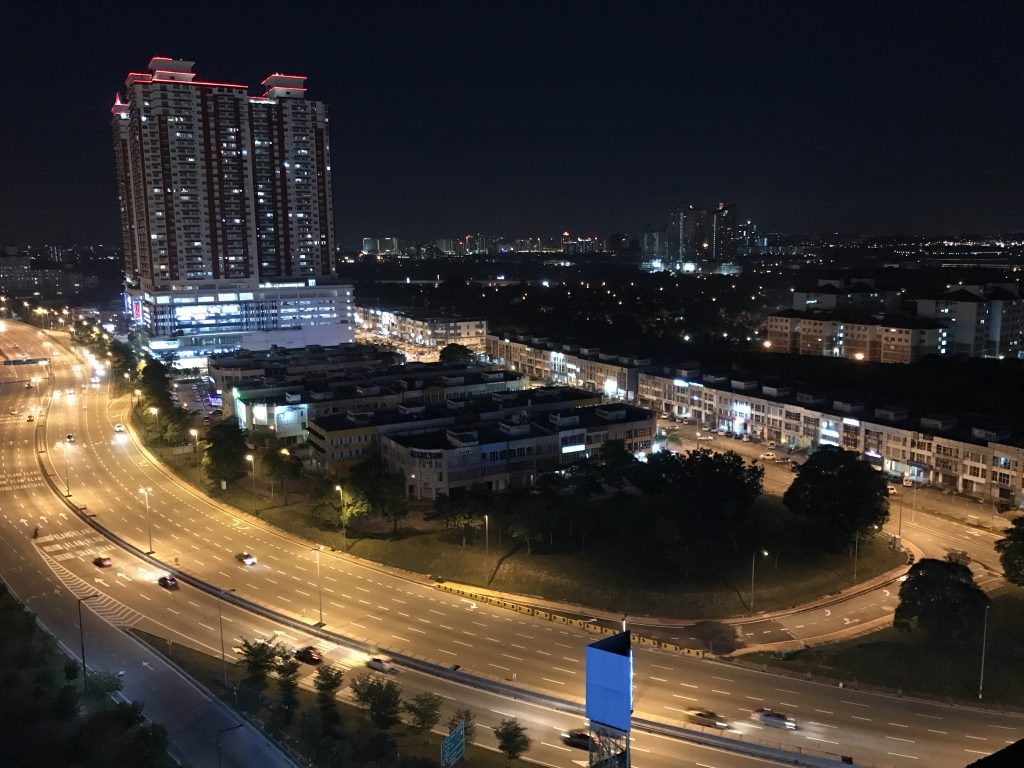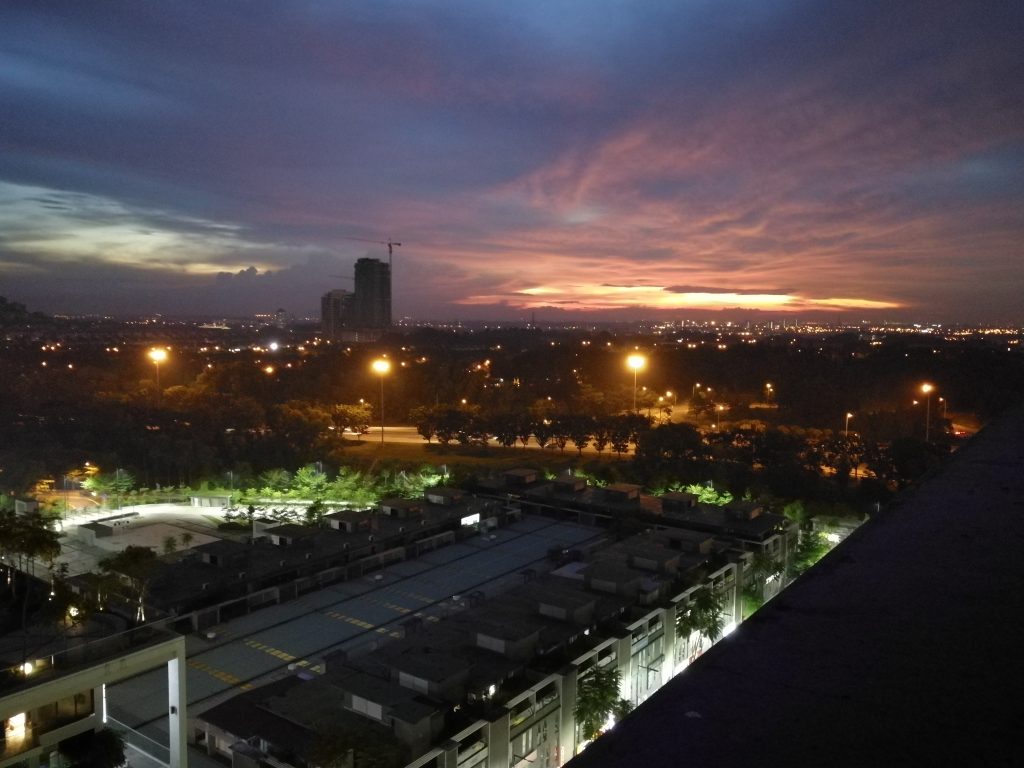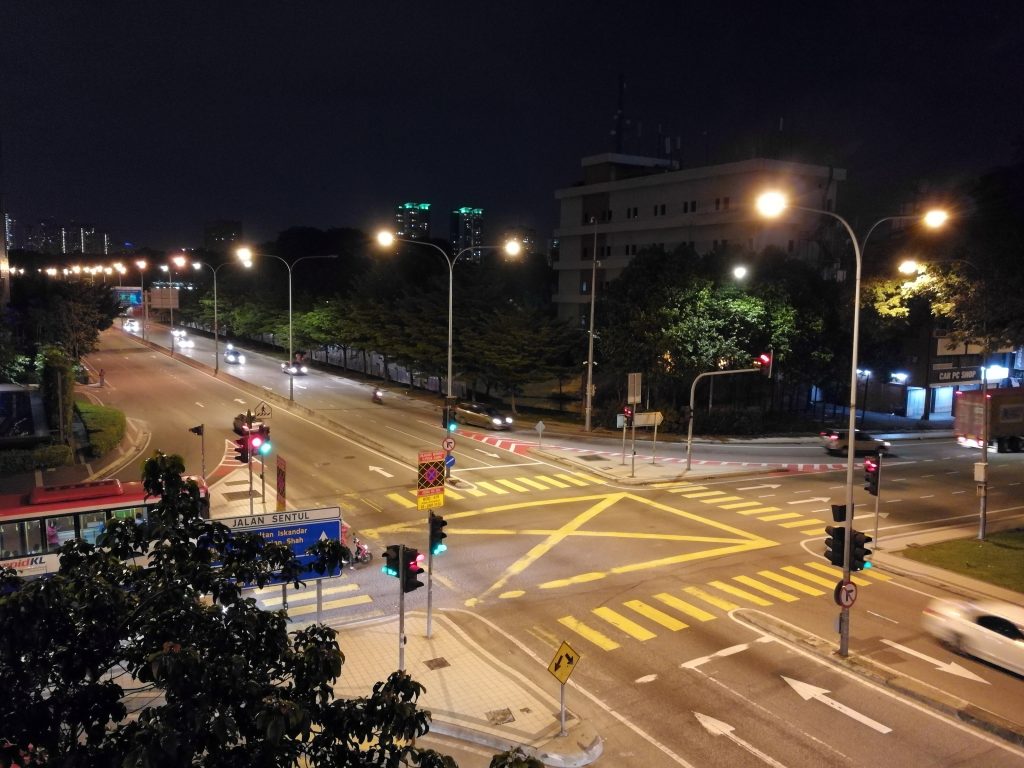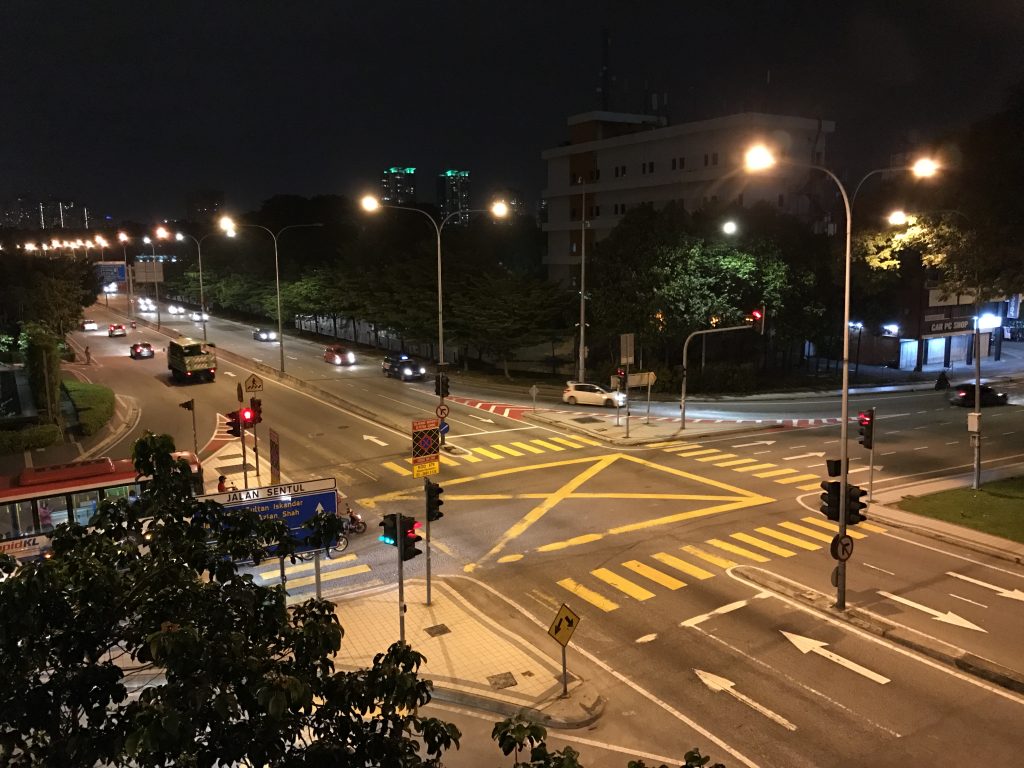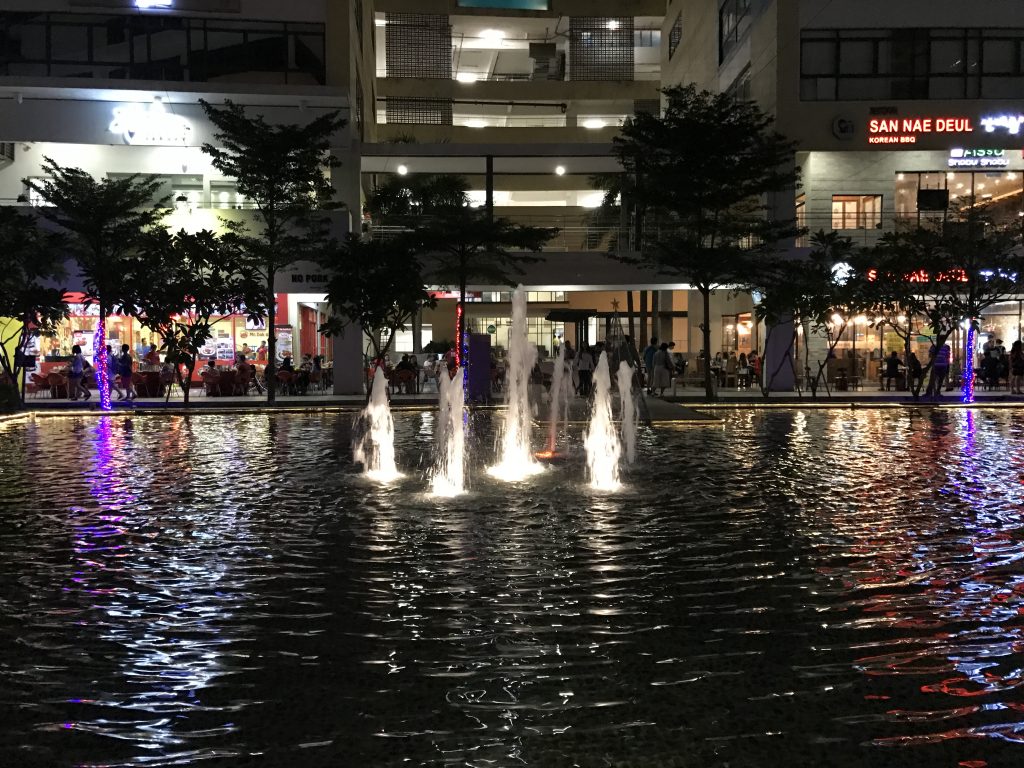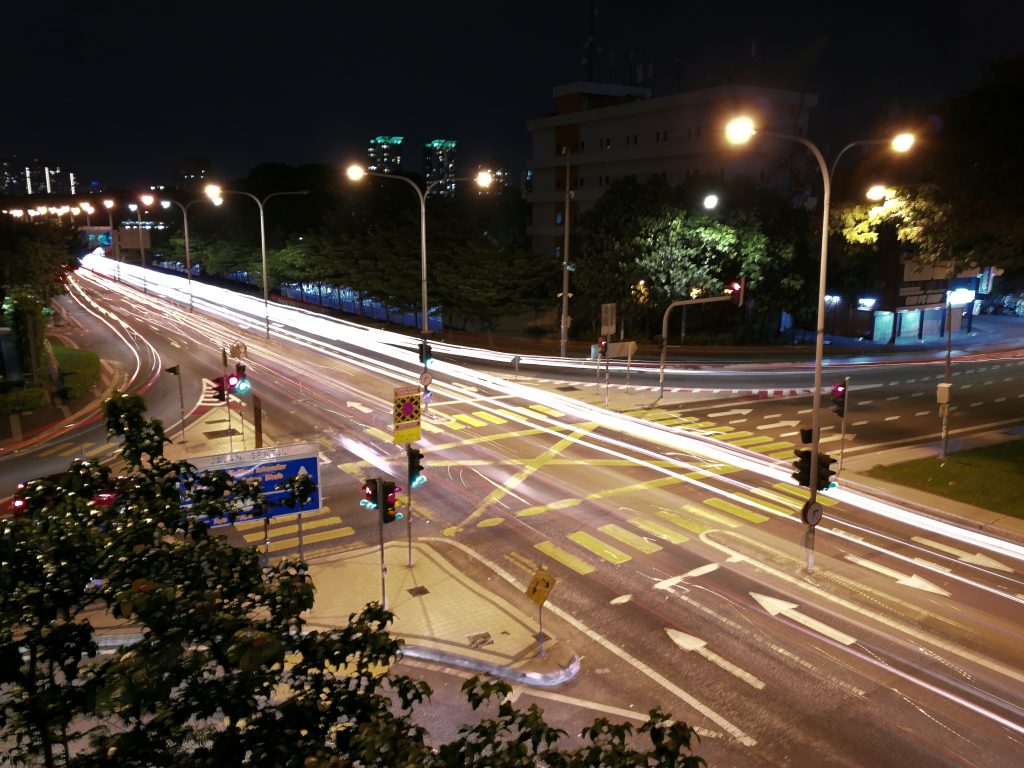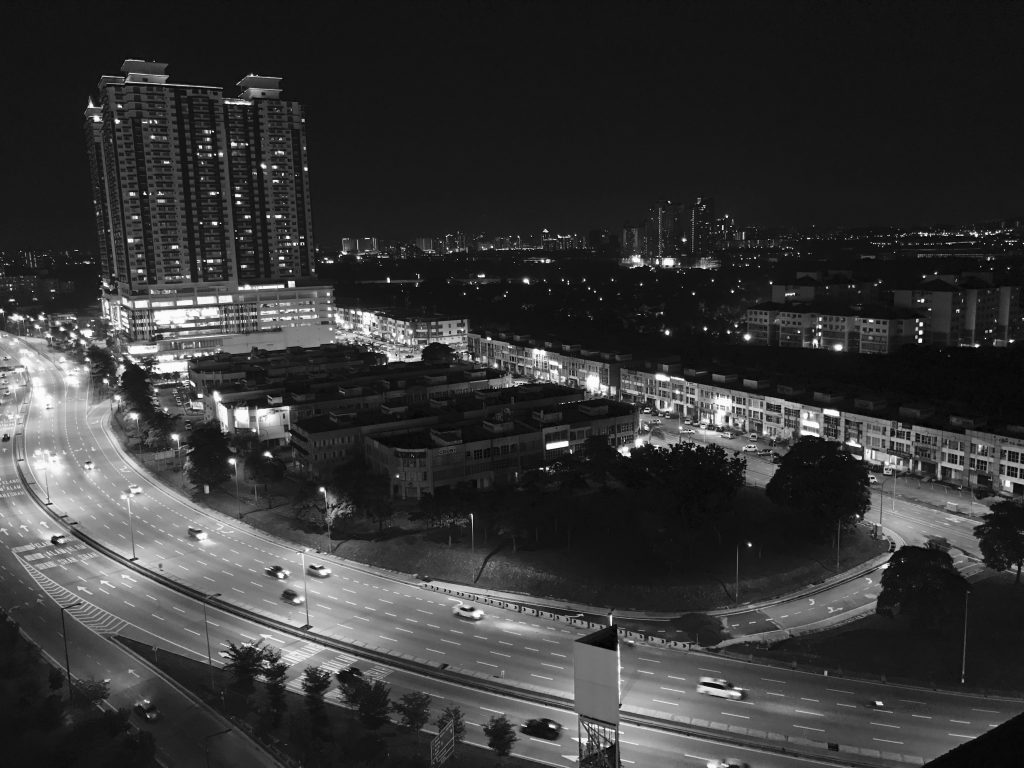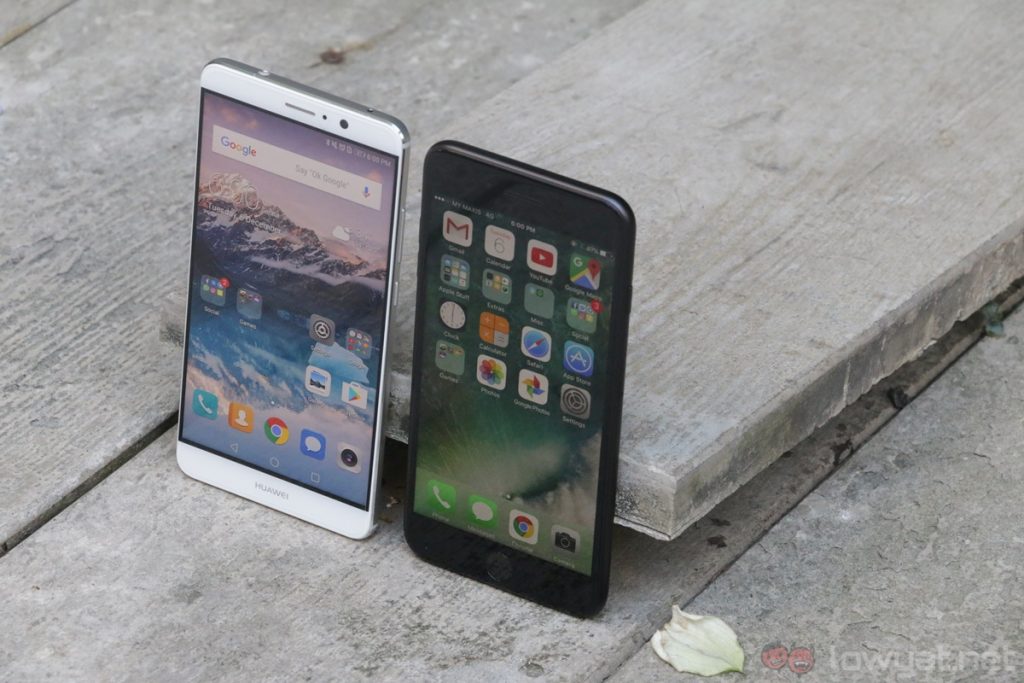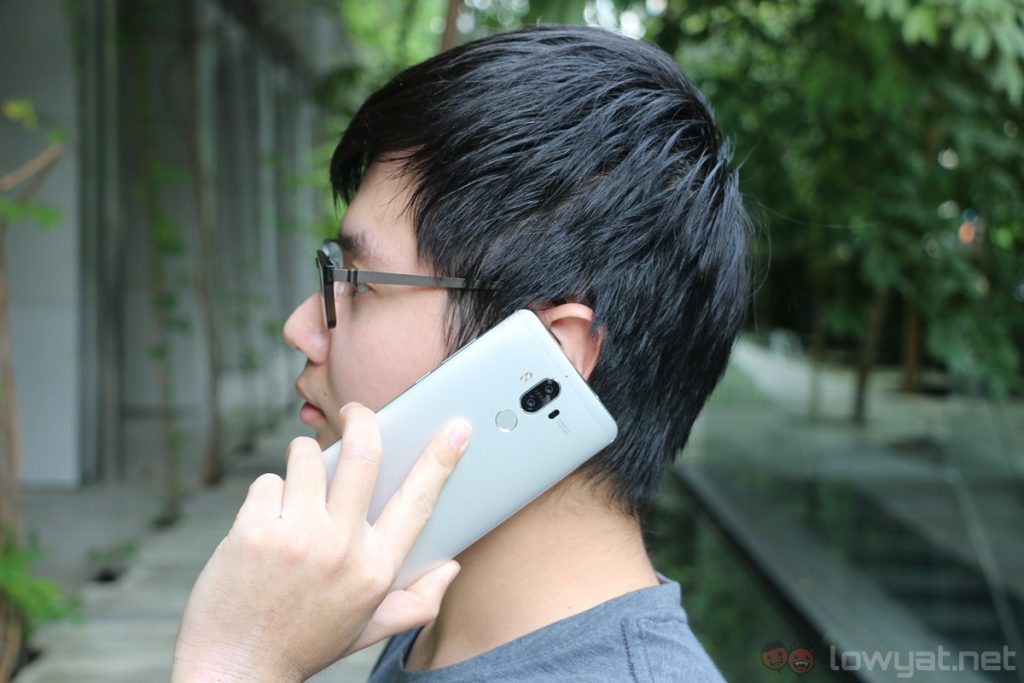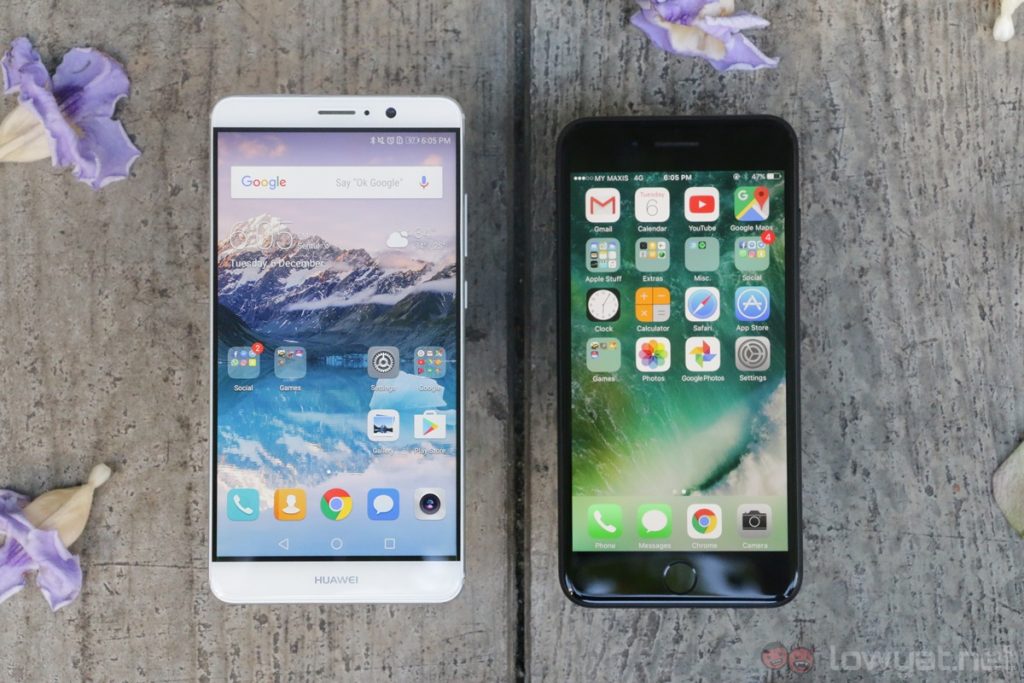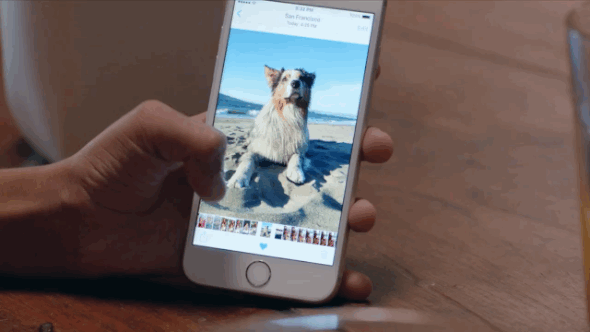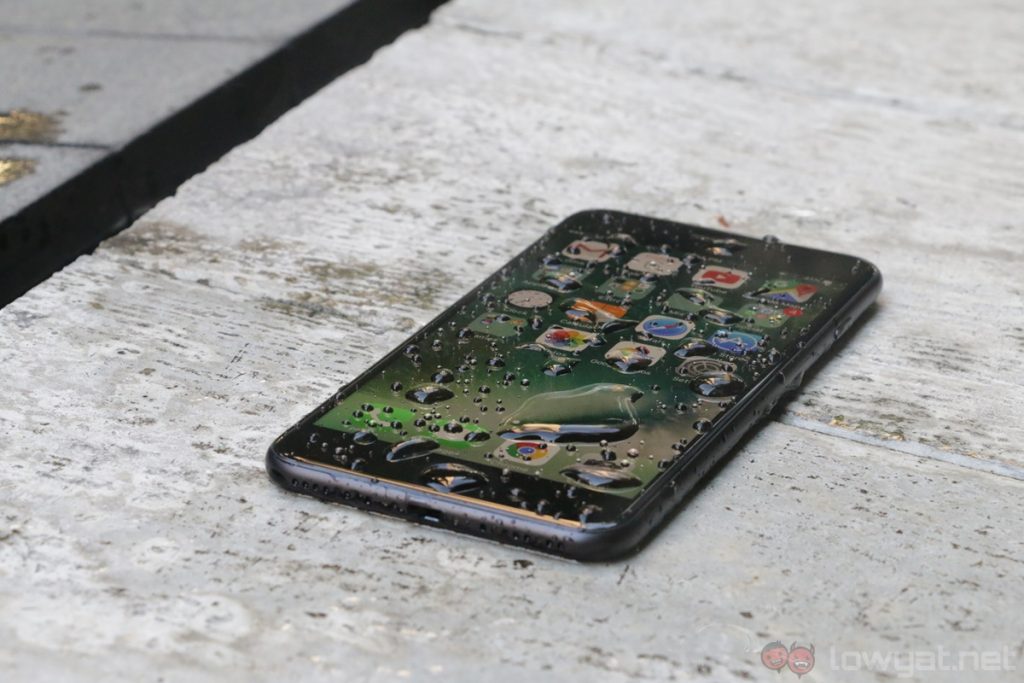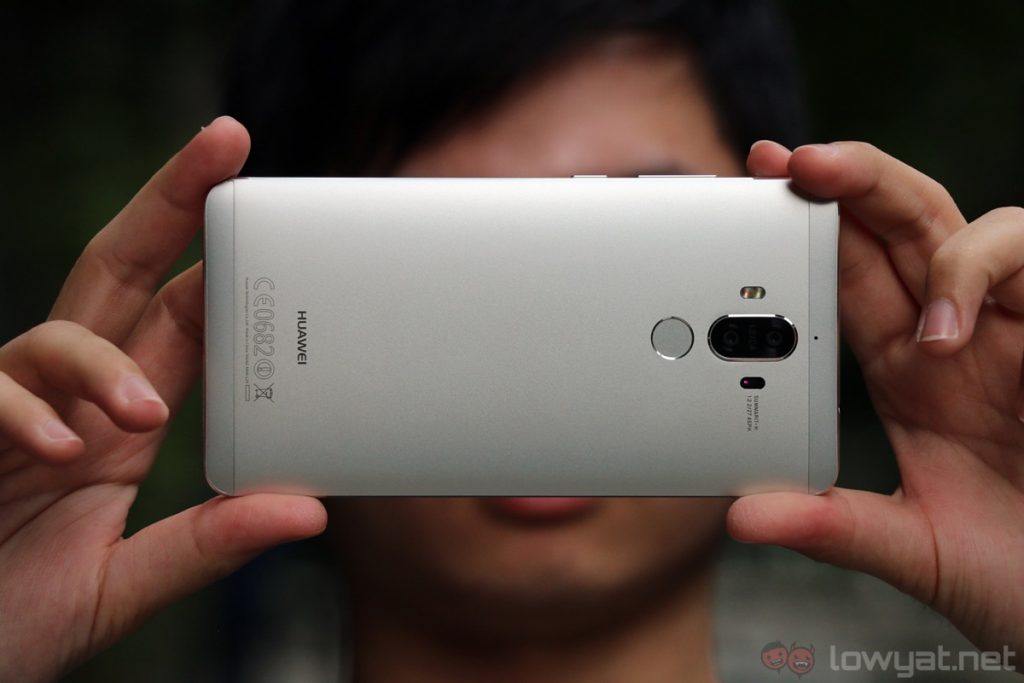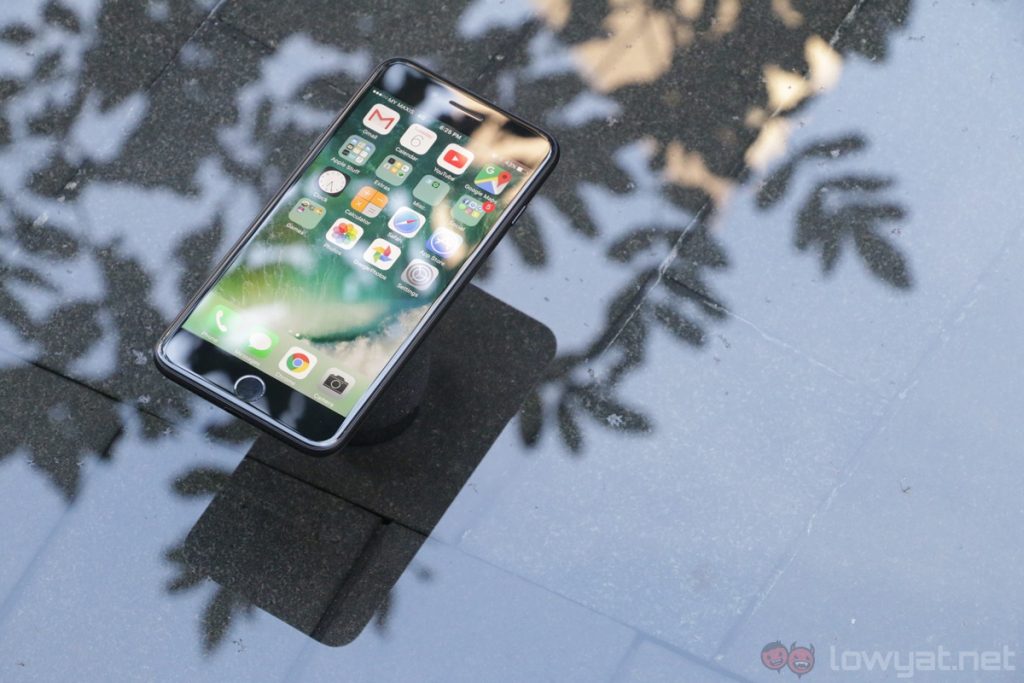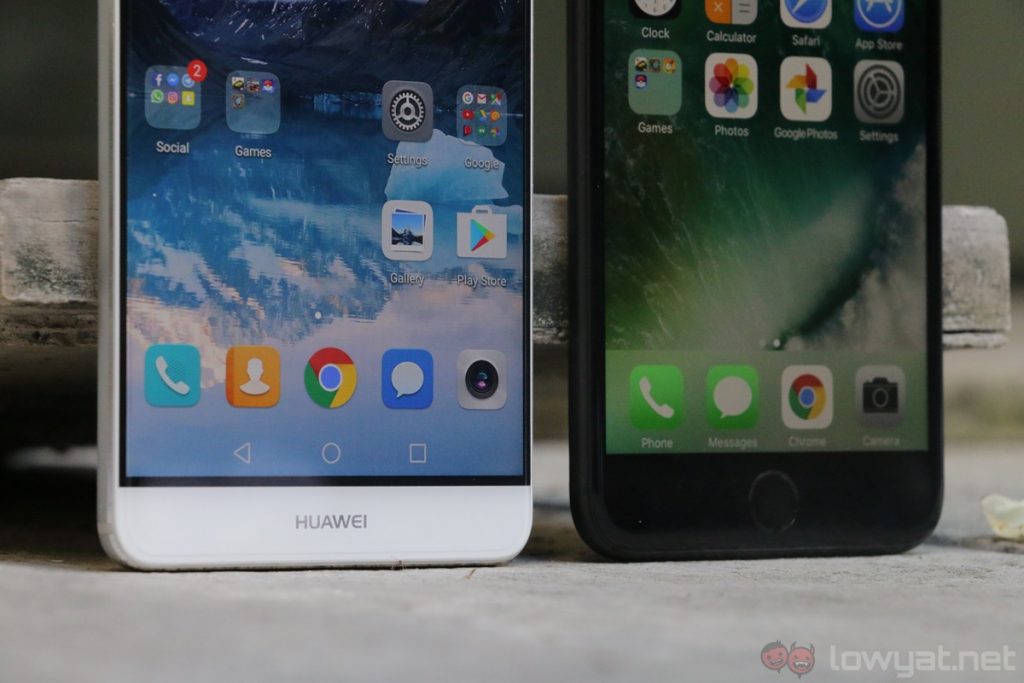It’s hard to ignore the surge in popularity surrounding dual-camera systems in smartphones. More and more manufacturers have embraced the unconventional camera setup now, and two of the most high-profile devices with such a setup are none other than the Huawei Mate 9 and the iPhone 7 Plus.
Huawei has collaborated with Leica for the Mate 9’s second-generation dual-camera system first seen on the Huawei P9, and based on our review of it, we were quite impressed. The iPhone 7 Plus’ dual-camera setup, on the other hand, takes a different approach, with the abilities to zoom optically and create professional-looking portrait shots being the highlights of the camera configuration.
Putting aside the camera systems of these two devices, we set out to answer one question: if one has to pick one over the other, which is the better smartphone: the Huawei Mate 9, or the iPhone 7 Plus? We compare these two flagships from a few important aspects to find out.
Design
From a design standpoint, the Mate 9 definitely looks more modern than the iPhone 7 Plus. After all, the iPhone’s design language hasn’t seen an update since the days of the iPhone 6 and 6 Plus, which were released two years ago. That’s quite some time in the real world, but that amounts to ages ago in the tech world.
Right off the bat, the large top and bottom bezels of the iPhone 7 Plus make the phone much bigger than it should be. To put things into perspective, the Mate 9 is packing a bigger 5.9-inch display, yet it still has similar dimensions to the 5.5-inch iPhone 7 Plus. This can be attributed to the high screen-to-body ratio of the Mate 9.
That is not to say the iPhone 7 Plus isn’t a well-designed smartphone, because it is: the phone’s rounded sides and corners make it one comfortable device to hold, even more so than the Mate 9. In fact, the 7 Plus as a whole feels really, really premium and well-built despite sharing the same design as the two-year-old iPhone 6 Plus; Apple really does know its way around smartphone design, that’s for sure. Let’s not forget how sleek the new Black colourway is either.
Although the iPhone 7 Plus doesn’t look quite as modern as the Mate 9, the 7 Plus’ build quality and overall feel in hand are better than the Mate 9. But to the Mate 9’s credit, its high screen-to-body ratio is more aesthetically pleasing – and functional.
Winner: Tie! Depends on individual preference.
Performance
The Huawei Mate 9 is the first smartphone to ship with the company’s new HiSilicon Kirin 960 processor. In comparison to its predecessor, the Kirin 960 boasts better performance, a much more capable GPU, as well as better power consumption. Thanks to Huawei’s new Machine Learning Algorithm, the Mate 9 will also run as smoothly as it does when it’s brand new even after 18 months of use; at least, that’s what Huawei is promising.
On the other hand, iPhones are known to provide an exceptionally fluid user experience, with smooth animations and responsiveness that Android smartphones can rarely replicate. The new Apple A10 Fusion chip is also among the fastest in the market today. Games load faster on the iPhone, frame rates are high and consistent, and overall, the 7 Plus offers performance not many Android smartphones can.
To establish some form of baseline of the Mate 9 and iPhone 7 Plus’ performance, we used some benchmark apps to see how they compare to each other. On Geekbench 4, the Mate 9 got scores of 1,911 and 5,778 on the single-core and multi-core tests respectively, while the iPhone 7 Plus received scores of 3,301 and 5,378 in the same respective tests. Evidently, the 7 Plus excels in single-core performance, while the Mate 9 performs better in multi-core tasks.
In the GPU department, the Mate 9 Pro isn’t quite as powerful as the iPhone 7 Plus. We ran 3DMark’s Sling Shot ES 3.1 test on both devices, and the iPhone 7 Plus got a higher overall score of 2,803 in comparison to the Mate 9’s score of 2,057.
Taking these into consideration, the iPhone 7 Plus takes it in the performance department. We can go on about how Android phones have superior hardware over iPhones, but it all comes down to optimisation and how iOS and Android use these hardware differently.
Winner: iPhone 7 Plus
Camera
This is one area we were most excited to compare. Huawei partnering with Leica for the Mate 9’s dual-camera system is perhaps one of the most talked-about collaborations in recent times, and the Mate 9 is fitted with a second-generation dual-camera setup. On the other side of the coin, the iPhone 7 Plus is also the first iPhone to boast a dual-camera setup.
The Mate 9’s two rear cameras are made up of a 20MP monochrome sensor and a 12MP RGB sensor; images taken with these two sensors are then combined to create a single 12MP image. According to Huawei, the monochrome sensor is responsible for capturing details, which makes sense: monochrome sensors can capture more detail thanks to the lack of a colour filter array.
As for the iPhone 7 Plus, its dual-camera system consists of two sensors with two focal lengths: a standard 28mm and a 56mm one. Thanks to this unique camera setup, the 7 Plus offers 2x optical zoom as well as a very fun Portrait mode, which produces some really impressive looking bokeh shots. Of course, the Mate 9 can capture similar images with its Wide Aperture mode, but the iPhone 7 Plus’ 56mm lens makes it easier to isolate subjects.
Here again we see the simplicity and effectiveness of the iPhone’s implementation. The 56mm lens and software algorithms automatically single out subjects and blur the rest in the background, while Wide Aperture mode lets you digitally edit the aperture size (i.e. how blurry the background is) in real time. Some will prefer the simplicity of the iPhone, while others will appreciate the additional control on the Mate 9.
 Here’s a fun shot we got using the Portrait mode on the iPhone 7 Plus. It clearly isn’t the “correct” way of using Portrait, but we’ve been trying it out several times ever since, and the software implementations – while a little rough sometimes – is impressive.
Here’s a fun shot we got using the Portrait mode on the iPhone 7 Plus. It clearly isn’t the “correct” way of using Portrait, but we’ve been trying it out several times ever since, and the software implementations – while a little rough sometimes – is impressive.
Now that we’ve got the hardware aspect of these two unique camera configurations covered, let’s start comparing images taken with the Mate 9 and iPhone 7 Plus:
Images taken with the Mate 9 are on top, followed by the iPhone 7 Plus’ images. Click on image for full resolution.
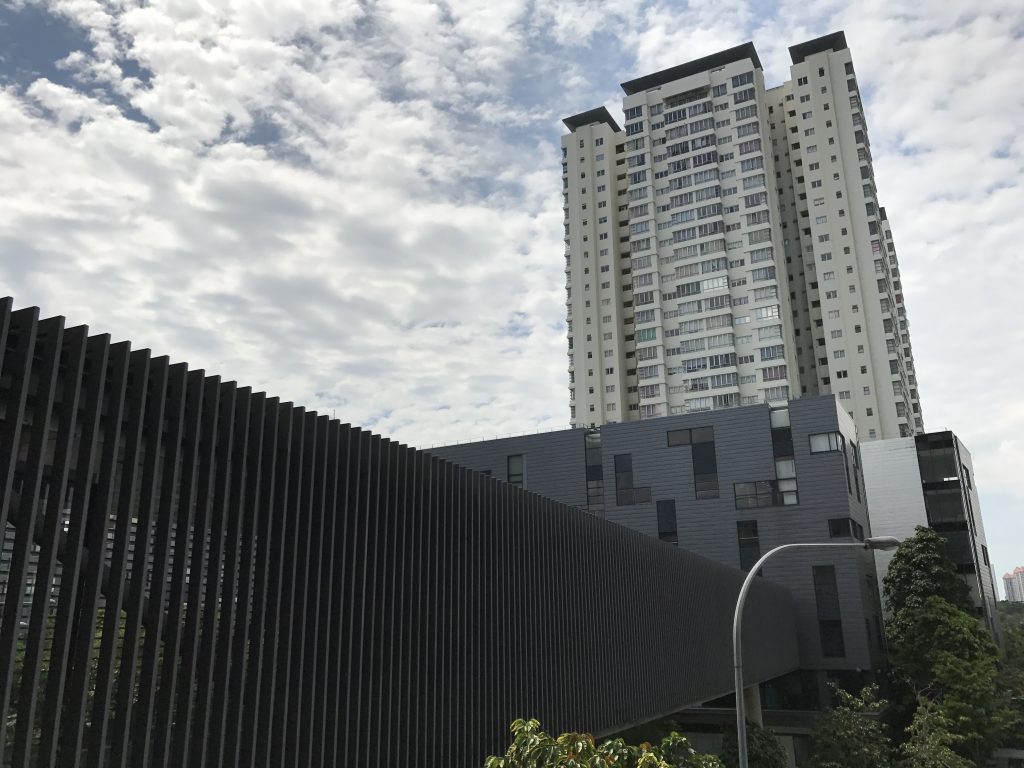 Here, we can see that the iPhone 7 Plus’ auto HDR kicks in to balance the detail of the building and the sky; the same cannot be said on the Huawei Mate 9, which requires users to enable HDR as a separate shooting mode.
Here, we can see that the iPhone 7 Plus’ auto HDR kicks in to balance the detail of the building and the sky; the same cannot be said on the Huawei Mate 9, which requires users to enable HDR as a separate shooting mode.
 We can see that the Mate 9’s camera has a tendency to saturate images; it also takes a brighter shot here. The iPhone always leans towards natural colour reproduction, which some users may not prefer.
We can see that the Mate 9’s camera has a tendency to saturate images; it also takes a brighter shot here. The iPhone always leans towards natural colour reproduction, which some users may not prefer.
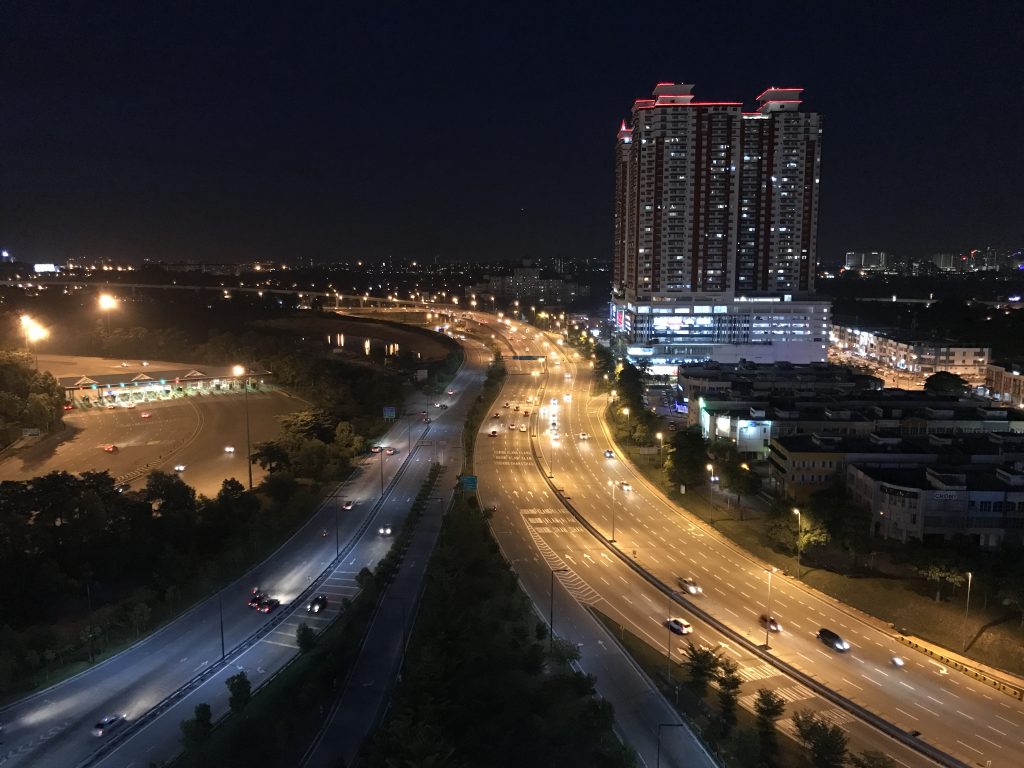 In this set of images, the iPhone 7 Plus took the better shot. Lights are more natural looking in the iPhone’s image, and detail preservation is a tad better. The same goes for the two images below.
In this set of images, the iPhone 7 Plus took the better shot. Lights are more natural looking in the iPhone’s image, and detail preservation is a tad better. The same goes for the two images below.
 It’s starting to get more apparent that the iPhone 7 Plus performs better in low-light conditions. Here, the 7 Plus’ shot isn’t quite as noisy as the Mate 9’s; the iPhone’s shot also looks sharper overall.
It’s starting to get more apparent that the iPhone 7 Plus performs better in low-light conditions. Here, the 7 Plus’ shot isn’t quite as noisy as the Mate 9’s; the iPhone’s shot also looks sharper overall.
 Surprise surprise, the Mate 9’s shot here looks better than the iPhone 7 Plus’. Although it’s noisier than the iPhone’s image, the water ripples are more detailed; the Mate 9’s shot is also sharper.
Surprise surprise, the Mate 9’s shot here looks better than the iPhone 7 Plus’. Although it’s noisier than the iPhone’s image, the water ripples are more detailed; the Mate 9’s shot is also sharper.
 This is a perfect example of the Mate 9’s unique camera configuration’s advantage. Certain signboards in the iPhone 7 Plus’ shot are illegible, while the Mate 9 managed to keep most of them visible; the Ticket to Korea signboard is especially telling.
This is a perfect example of the Mate 9’s unique camera configuration’s advantage. Certain signboards in the iPhone 7 Plus’ shot are illegible, while the Mate 9 managed to keep most of them visible; the Ticket to Korea signboard is especially telling.
Based on these images, it’s evident that both the iPhone 7 Plus and Mate 9 are solid performers. However, we found that the 7 Plus offers a more pleasant and responsive shooting experience; it also locks in focus a tad faster than the Mate 9. Taking these into account, we have to say: the iPhone 7 Plus is a better shooter overall.
But, iOS’ camera app doesn’t offer expansive shooting options, which is a major pain point for some users. The Mate 9’s camera app, for one, offers a particularly interesting Light Painting mode – among others – which allows us to get a shot like this:
Other than that, the Mate 9’s Monochrome mode is a pretty fun mode to experiment with. Here’s a comparison of images taken in monochrome with the Mate 9 and iPhone 7 Plus:
Evidently, the Mate 9’s image (top) is brighter and captures more detail. After all, in this mode, only the dedicated Monochrome sensor is being used. The iPhone 7 Plus, on the other hand, had to rely on a monochrome filter. If you’re someone who likes to experiment with a phone’s camera, the Mate 9 fits the bill.
Winner: The iPhone 7 Plus edges it with a more consistent overall performance (especially in low light). But, the Mate 9 offers a more expansive camera software for more shooting options when you need it.
Battery Life
We found this to be the toughest aspect to gauge, considering how different Android and iOS record battery use. In terms of hardware, the Mate 9 is packed with a sizeable 4,000mAh battery, while the iPhone 7 Plus has a much smaller 2,900mAh battery.
Now, despite its small battery capacity, the iPhone 7 Plus’ battery life rivals that of the Mate 9, which surprised us quite a bit. Getting through a typical work day with both smartphones is easy, and on some occasions, it’s entirely possible to get two days of use on either devices. Just imagine if Apple put in a bigger battery into the next iPhone.
However, while our line of work requires us to stay connected at all times, we’re not the heaviest smartphone users; we imagine heavier users will need to charge their devices more than once a day, which brings us to the next point: how fast do these smartphones charge?
This is where things get much easier to measure. With the Mate 9, 30 minutes of charging managed to get us 60% (or 2,400mAh) of battery life, which is easily one day’s worth of use. As for the iPhone 7 Plus, it charges to only…20% (or 560mAh) in the same period of time. That’s down to the miniscule output the iPhone charger has, which hasn’t kept up with the fast charging brethren of the competition.
While it’s too close to tell which of the two devices offer better battery life, the Mate 9’s much faster charging time gives it an edge in this aspect.
Winner: Huawei Mate 9
Other Notable Features
A feature that’s been standard since the iPhone 6s and 6s Plus is 3D Touch, which adds another layer of interaction in iOS. Naturally, the very same feature is found on the iPhone 7 Plus, and there are some neat tricks to this technology. For one, users can press harder on images taken with the iPhone to play a short video before and after that particular image was shot. This isn’t exactly a groundbreaking feature, but it’s a pretty nifty feature to have.
Also, let’s not forget the fact that the iPhone 7 Plus is (finally) IP67-rated, which gives it dust and water resistance to an extent – it can be submerged in a meter of water for up to 30 minutes. Unfortunately, the same can’t be said of the Mate 9.
However, there are a couple of features the Mate 9 has that are arguably more important. For one, the Mate 9 offer expandable storage: it can accommodate microSD cards up to 256GB, which should satisfy virtually anyone’s storage needs. Other than that, the Mate 9 also has dual-SIM support, a feature the iPhone 7 Plus – or any iPhones, for that matter – lacks. Did we mention the Mate 9 has a headphone jack too?
Winner: Tie! It depends on which features individual consumers value more.
Value for Money
iPhones are never known for their value for money, and they’re priced considerably higher than even the best Android offerings. The base variant of the iPhone 7 Plus, for one, goes for a whopping RM3,799; it only offers 32GB of non-expandable storage to boot. If you want the more practical 128GB model, you’ll have to fork out an eye-watering RM4,299.
The Mate 9, on the other hand, retails for RM1,100 less than the most affordable iPhone 7 Plus at RM2,699; the former also offers 64GB of internal storage that is further expandable with a microSD card up to 256GB.
Weighing what the Mate 9 has to offer against the iPhone 7 Plus’ set of features, we’re inclined to say that the former offers better value for money here. The price difference between these two devices is simply too much.
Winner: Huawei Mate 9
Conclusion
Huawei has made a lot of progress in the mobile space in 2016 alone than it has in the past couple of years; the fact that the Mate 9 can even compare to the iPhone 7 Plus really is a testament to that. However, that is not to say the company has caught up with Apple yet. The iPhone still consistently stands as one of the best smartphones around, and with the iconic device’s 10th anniversary taking place this year, it’s exciting to think what Apple has in store.
As to which of the two is the better device, it all depends on each individual consumer: do you want a device that “just works?” Then the iPhone 7 Plus is the best for that. But if you’re someone who likes to tinker around and value the open nature of Android, the Mate 9 is the better option.
Follow us on Instagram, Facebook, Twitter or Telegram for more updates and breaking news.


